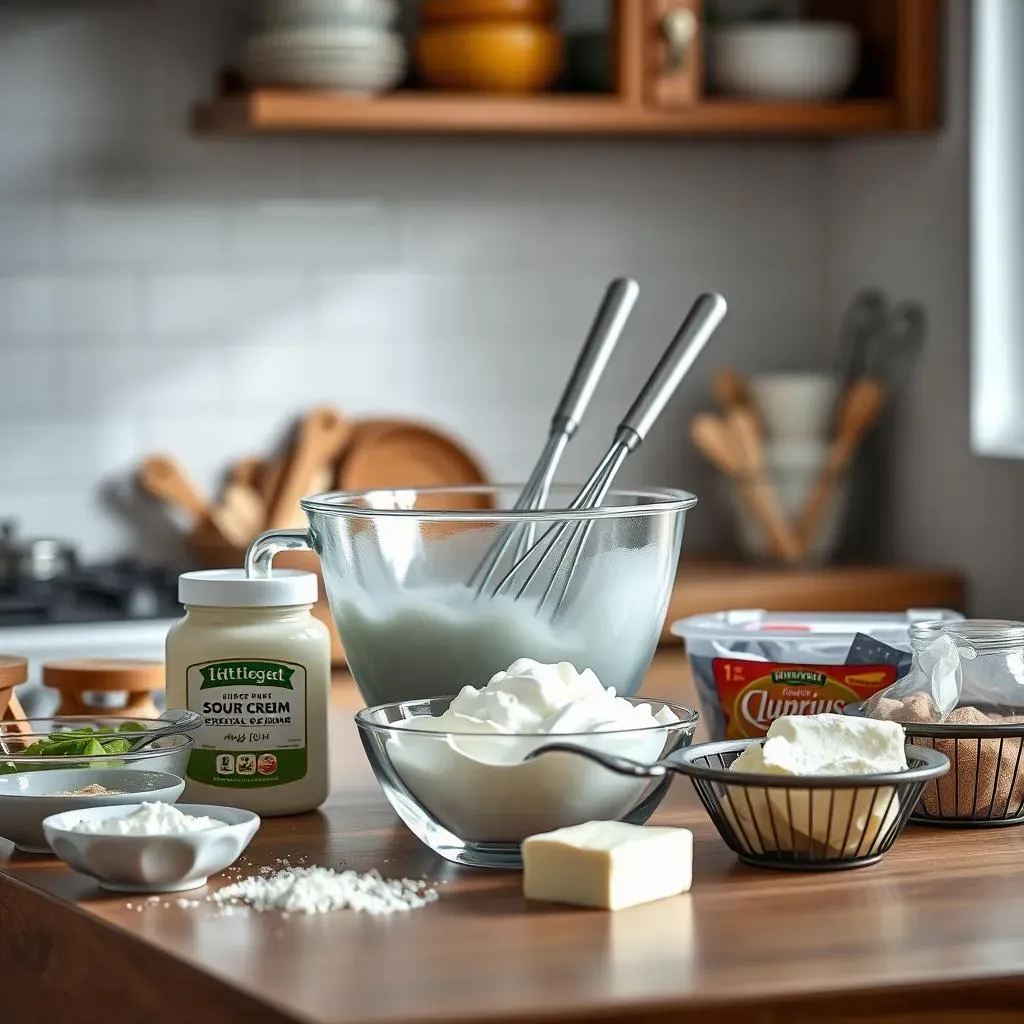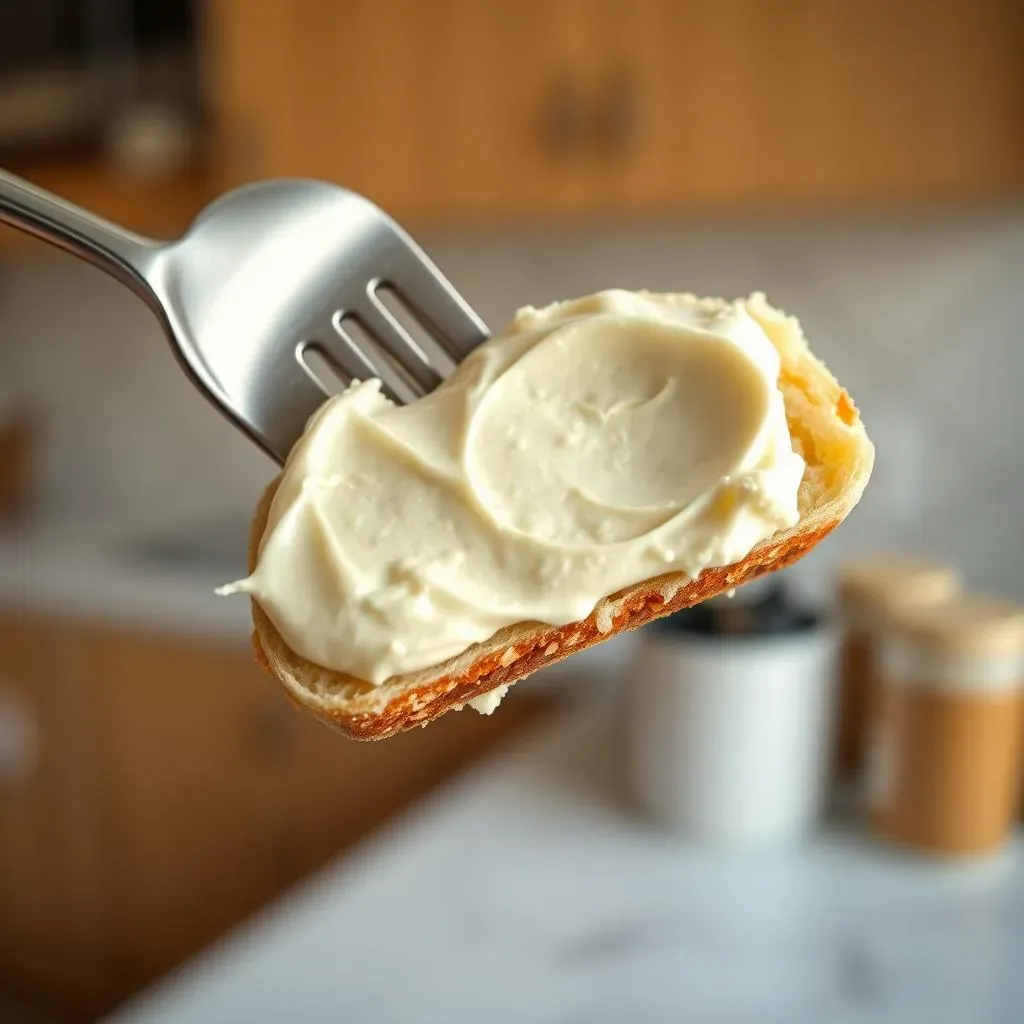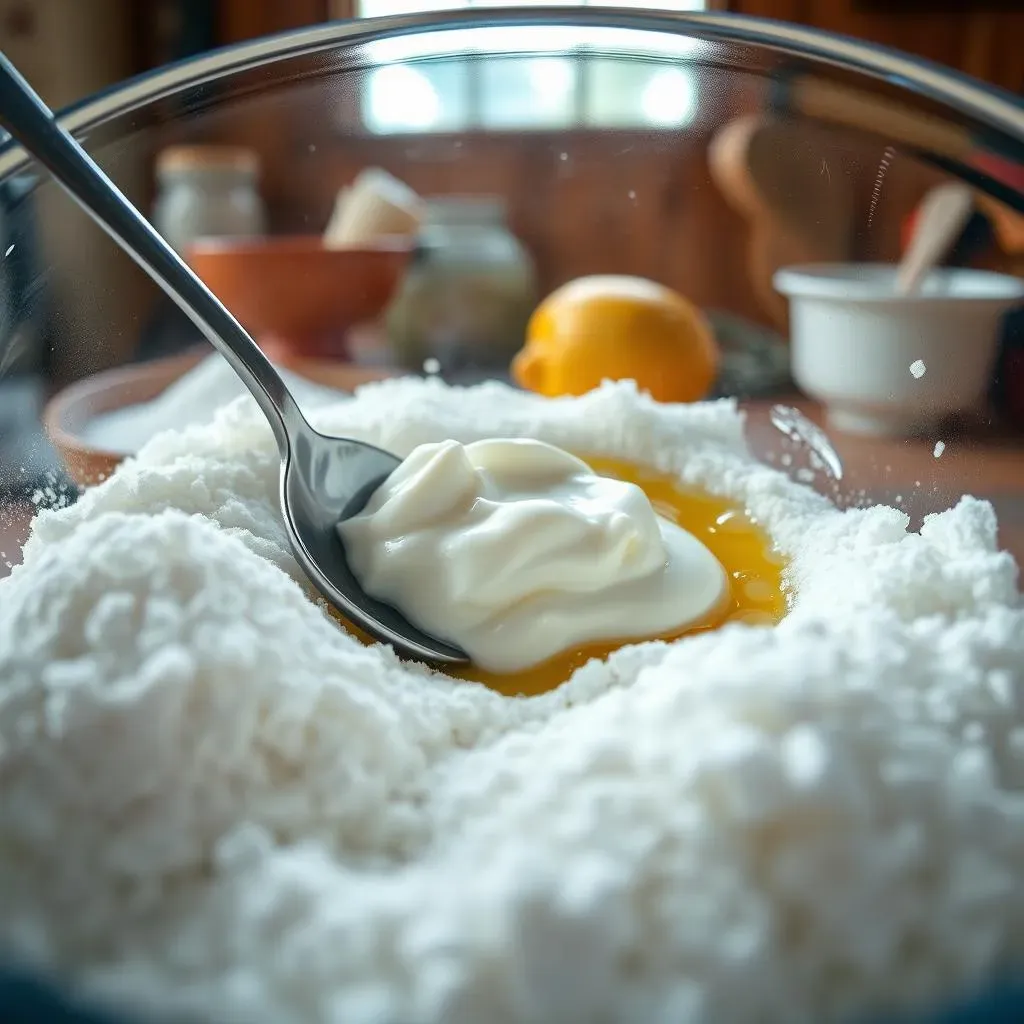Table of Contents
Ever found yourself in the middle of a recipe, only to realize you're out of cream cheese? It's a kitchen crisis many of us face. The question then pops up: is sour cream a good substitute for cream cheese? Well, the answer isn't a simple yes or no. These two dairy delights, while both creamy and tangy, have their own unique properties. This article will be your guide to navigating this tricky substitution. We'll explore when sour cream can step in as a decent replacement and when it's best to stick with the real deal. We'll examine the differences between these two, and provide you practical examples for using sour cream as a substitute in baking, dips, and other spreads. By the end, you'll know exactly when to reach for the sour cream and when it's time to make a quick trip to the store.
Sour Cream as a Cream Cheese Substitute: When Does it Work?

Sour Cream as a Cream Cheese Substitute: When Does it Work?
Okay, so you've got a recipe calling for cream cheese, but all you've got is sour cream. Don't toss that recipe out the window just yet! Sour cream can actually be a pretty decent stand-in, but it's not a one-to-one swap in every situation. Think of it like this: cream cheese is the thick, dense friend, while sour cream is its lighter, tangier cousin. The key to success is knowing when their personalities align. In recipes where you need moisture and a bit of tang, like dips or sauces, sour cream shines. It'll blend in, adding a lovely richness. But, if you need something to hold its shape or provide a really dense texture, like in a frosting or cheesecake, you might find sour cream a bit too wimpy.
The Cream Cheese Difference: Why It Matters

The Cream Cheese Difference: Why It Matters
The Texture Tango
Alright, let’s talk about why cream cheese is, well, cream cheese. It’s not just some fancy sour cream. The main thing is its texture. Cream cheese is made with a higher fat content, and that gives it a dense, almost spreadable quality. It holds its shape, like a little brick of creamy goodness. Think about how it sits on a bagel – it's got body. Sour cream, on the other hand, is much looser, almost pourable. It doesn’t have that same structure. This difference comes from how they're made. Cream cheese uses a specific process that results in that thick, rich texture we all know and love.
The Flavor Factor
Then there's the flavor. While both are tangy, cream cheese has a milder, slightly sweeter taste. It's that subtle tang that makes it so versatile. Sour cream, as the name suggests, has a much more pronounced sourness. This is because of the lactic acid produced during fermentation. It’s that extra punch of tartness that can change the final taste of a recipe. So, when you’re thinking about swapping, it’s not just about the texture. It's also about how that flavor is going to play with the other ingredients. It could be a subtle difference, but it can be noticeable, especially in something like a frosting or a filling.
Feature | Cream Cheese | Sour Cream |
|---|---|---|
Texture | Dense, Firm, Spreadable | Loose, Pourable |
Flavor | Mild, Slightly Sweet, Tangy | Tangy, Sour |
Fat Content | Higher | Lower |
Baking and Spreads: Where the Substitute Works (and Doesn't)

Baking and Spreads: Where the Substitute Works (and Doesn't)
Baking with Sour Cream: A Risky Business?
Okay, let's get into the kitchen and see where things get interesting. When it comes to baking, using sour cream instead of cream cheese is a bit of a gamble. In some recipes, it can be a lifesaver, adding moisture and a slight tang that's really delightful. Think about a quick bread or a simple cake – sour cream can make it super moist and tender. However, if you're tackling something that needs cream cheese for its structure, like a cheesecake or a dense frosting, sour cream will likely lead to a runny disaster. It just doesn’t have the fat content or firmness to hold things together. It's like trying to build a house with sand instead of bricks.
I've seen people try this and the results are... well, let's just say not pretty. A sad, soupy mess instead of a fluffy frosting is a common outcome. So, before you start swapping, think about what the cream cheese is actually doing in the recipe. Is it there for moisture, or is it a key structural element? That’s the question you need to ask yourself. If it’s the latter, you might want to reconsider, or at least have a backup plan.
Spreads and Dips: Sour Cream's Time to Shine
Now, let's talk about where sour cream really rocks: dips and spreads. Here, its tang and looser texture are actually a bonus. Sour cream can give a wonderful creamy texture to dips without making them too heavy. It blends well with other ingredients, adding a lovely bit of zing that can really brighten things up. I mean, who doesn't love a good tangy dip? It's the perfect party trick, and sour cream is the star of the show. It also works well in spreads where you want a lighter texture, like a veggie or sandwich spread. It's like the cool, laid-back friend who always knows how to have a good time without being too much.
I've personally used sour cream in countless dips, from spinach artichoke to a simple ranch, and it always delivers. Just be mindful if the recipe is calling for a very firm consistency. Sour cream won’t have that same hold. But, in general, for anything that's meant to be scooped or slathered, sour cream is a pretty safe bet. It’s a great way to add flavor and creaminess without the heaviness of cream cheese. So, if you've got a dip emergency, don't hesitate to grab that tub of sour cream.
Recipe Type | Sour Cream Suitability | Why? |
|---|---|---|
Cakes & Quick Breads | Good | Adds moisture and tang |
Cheesecakes | Bad | Lacks needed structure |
Frostings | Bad | Too runny, won't hold shape |
Dips & Spreads | Great | Adds creaminess and tang |
Making the Swap: Tips for Using Sour Cream Instead of Cream Cheese

Making the Swap: Tips for Using Sour Cream Instead of Cream Cheese
Adjusting for Texture: Making it Thicker
So, you're brave enough to make the swap, huh? Good for you! The first thing to remember is that sour cream is thinner than cream cheese, so you might need to thicken it up a bit. One easy trick is to drain some of the excess liquid. Just place it in a cheesecloth-lined sieve and let it sit for a while. This will help get rid of some of that extra moisture. Also, you can add ingredients that help bind and thicken the mixture, like cornstarch or a bit of flour, but do this sparingly. You don't want it to end up tasting like paste, or worse, glue. The goal is to get it closer to that cream cheese consistency without going overboard. It's a delicate balancing act, but you've got this!
Flavor Balancing Act: Taming the Tang
Next, let's talk flavor. Sour cream has that distinct tang, which might not be what you're going for. To mellow out the sourness, you can try adding a touch of sweetness. A tiny bit of sugar or honey can do the trick. Start with a small amount and taste as you go, so that you don't make it overly sweet. Also, if you are using it in a savory dish, you can add a tiny pinch of salt to balance the flavors. Lemon juice can also add complexity, but again, a little goes a long way. The key here is to taste and adjust. It's like a little flavor dance, and you're the choreographer. Don't be afraid to experiment, but always start small.
I once tried making a frosting with sour cream without adjusting the flavor, and it was like a punch in the face with tang. Not in a good way! So, from personal experience, trust me on this one. Balance is key.
Adjustment | How to do it | Why? |
|---|---|---|
Thicken Texture | Drain in cheesecloth, add cornstarch (sparingly) | Reduces moisture, adds body |
Mellow Tang | Add a bit of sugar or honey, a pinch of salt | Balances the sourness |
Test Run: Small Batch First
Finally, before you commit to a full batch, always do a test run. Make a small portion of the recipe with the sour cream substitution and see how it turns out. This gives you a chance to adjust the texture or flavor without wasting a ton of ingredients. It's like a mini science experiment in your kitchen, and you're the scientist! If it works, great! If not, you can tweak it before going full steam ahead. It might seem like extra work, but trust me, it's way better than ending up with a baking fail. It's all about being smart and strategic in the kitchen, and a little planning can save you a lot of headaches. So, take a deep breath, grab a small bowl, and let's get testing!
Remember, every substitution is a learning experience. Don't be discouraged if it doesn't work perfectly the first time. Keep experimenting, and you'll soon become a master of the sour cream swap. Happy cooking!